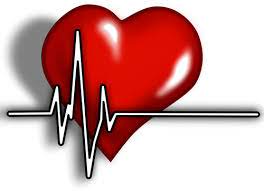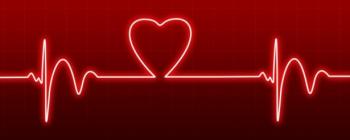
The human heart is a muscle located inside your chest. It does not look like the kind of heart you usually see on valentines; rather, it is shaped more like a pear with tubes sticking out of it. These tubes are called arteries and veins, and they are responsible for helping blood move to and from your heart. Veins move blood to your heart, and arteries move blood away from your heart. You can see your veins through your skin, but you cannot see your arteries.
Have you ever heard your own heartbeat or someone else’s heartbeat? That is your heart pumping blood through your body! Each heartbeat is your heart opening and squeezing, which is how it pulls and pushes the blood all the way through your body – even all the way down to your fingers and toes! Your heart is the pump that makes your blood move throughout your body.
Your heart is always working, even when you are asleep. When you are asleep, it pumps very slowly. When you run around and play, your heart pumps very fast. If you press your fingers to your wrist below your thumb, you can feel your pulse. A pulse beats in time with your heart, so you can count your heartbeats by counting your pulse.


- Smaller animals tend to have faster heartbeats than larger animals. A human’s heart beats around 60-100 times a minute, a hummingbird’s beats more than 1,000 times a minute, and an elephant’s only beats 25-30 times a minute.
- The heart needs electricity to beat! A small amount of electricity tells the heart when to contract, or squeeze, together. When the electricity stops, the heart relaxes.
- Exercise is good for your heart! You can exercise by playing tag, doing jumping jacks, or dancing to your favorite song.
Hear Your Heart, by Paul Showers (J 612.17 SHO)
20 Fun Facts about the Circulatory System, by Tayler Cole (J 612.1 COL)
Our Hearts, by Charlotte Guillain (J 612.17 GUI)
The Circulatory System, by Susan H. Gray (J 612.1 GRA)
